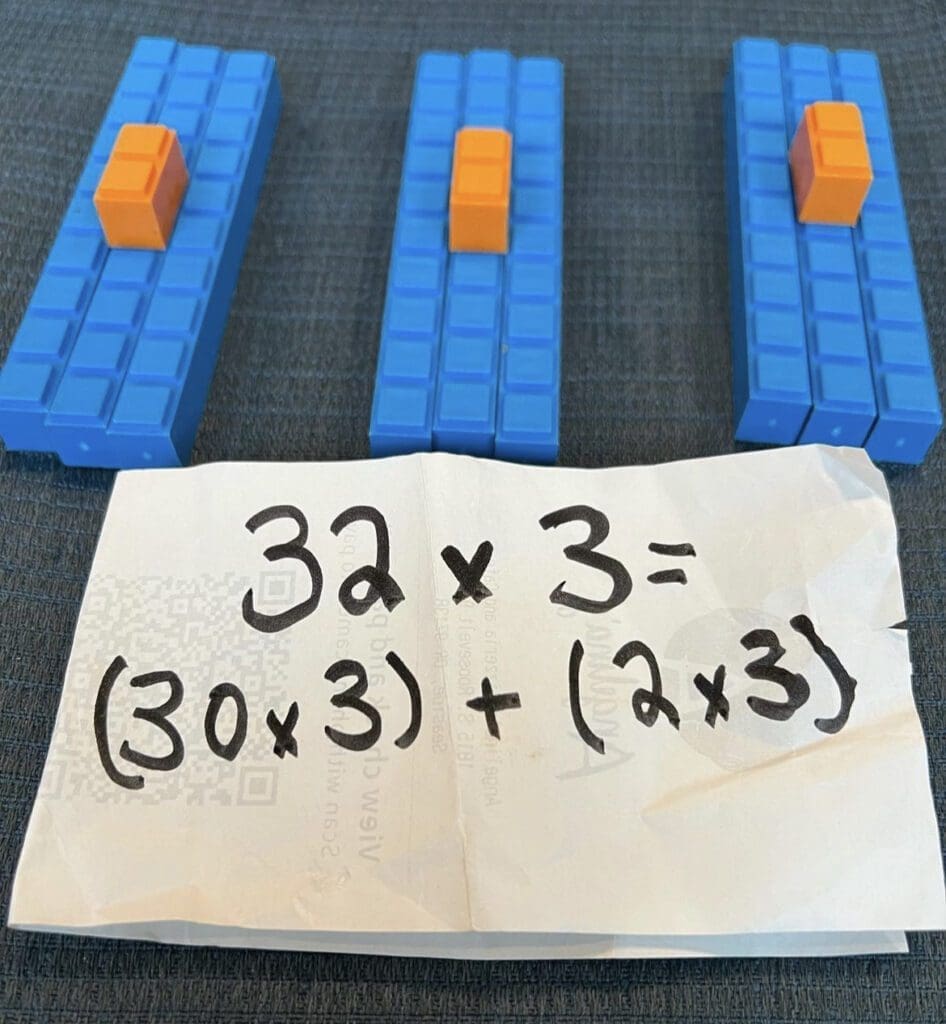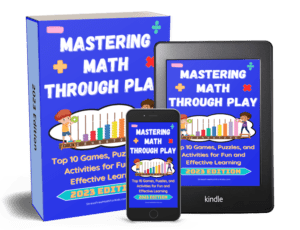What is the area model for multiplication and why do schools now teach it before introducing the standard algorithm? This (and other similar questions) is one of the most common questions parents ask about “common core” or “new” math. The point parents make most often, that the standard algorithm is the fastest method for calculating a product, is true.
However, the benefit of teaching area model is that it creates a visual model. It also aids in the mathematical understanding of breaking down place value and in the development of mathematical reasoning. A student who understands the area model can explain how and why the standard algorithm works. When we teach just standard algorithm, many students struggle to remember the steps and make more mistakes. However, even strong math students who wouldn’t struggle benefit from the mental math skills developed by the area model. When they break down the numbers by place value, almost all students can mentally solve two digits by one digit, and some strong students can solve larger problems in their heads.

I model it this way with integer blocks and almost all of my students can do this mentally independently after one session.
Finally, students can apply their knowledge to visualizing and understanding algebraic equations. Remember our goal in elementary math is to lay the foundation for upper level math, and it all comes down to a thorough understanding of place value.


Whenever I go to write a post, I read through a lot of articles to see what others have said. As I was reading I discovered that Jill Staake from We Are Teachers covered this one really well in similar style to how I would have! I am going to go ahead and link her post.
The Best Tips and Activities For Teaching Area Model Multiplication Method
She included this video in her post as well but I will embed it for anyone who doesn’t want to read the whole article and just wants a quick clear explanation of how to do it!
Finally, let me add a picture a high school teacher shared with me about how he built on his students’ knowledge of area models to expanding binomial products.

The area model for multiplication goes farther than you would first think!



